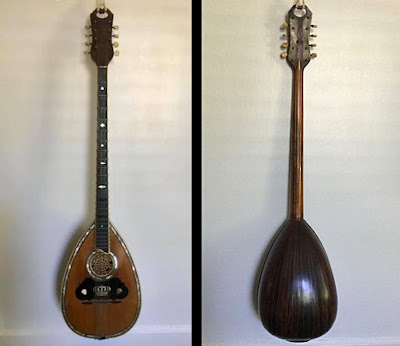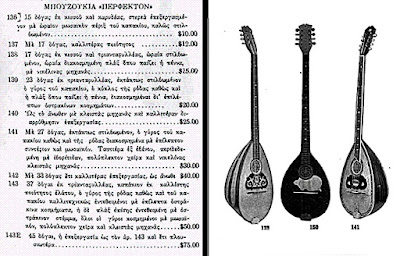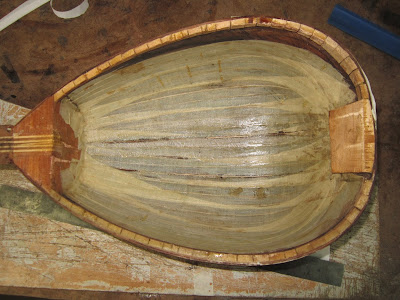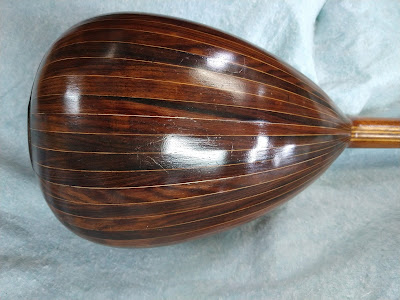The 1911 Anastasios Stathopoulos bouzouki
Eleven years in research have finally paid off!
An 1911 Anastasios Stathopoulos bouzouki (the No 141 from the A. Stathopoulos catalogue with custom extra order of elaborated natural white-seashell around the sound-hole and the soundboard ) completed its restoration journey by the hands of the talented luthier Chris Pantazelos (Spartan Instruments) -(http://spartaninstruments.com/) !
The 1911 A. Stathopoulos original condition
The 1911 A. Stathopoulos label
A. Stathopoulos catalogue. All rights reserved (c) 2021 Petros Moustakas
https://moustakasinstruments.com/
A. Stathopoulos in his workshop. All rights reserved (c) 2021
Memories of the innocent age
The bouzouki was found inside a cargo container among valuable estate assets, belonged to a British owner . Perhaps one of the few 1910s Anastasios Stathopoulos bouzoukia found with its original bridge and nut, and in such a well preserved condition.
It was obvious from the first minutes of my initial conversation with Chris, that was a mutual desire to restore this musical instrument back to its original condition with an uncompromised museum quality restoration.
Chris Pantazelos has a proven experience, knowledge, and respect on restoration of historical instruments at this caliber. He has restored in the past many pre-war historical bouzoukia made by the famous luthiers : Theodoros Karabas, Dimitris Grachis, Panagiotis Tsimis, etc.
The excellent condition of the bridge and the nut reveled a "small unseen up to now secret ", regarding Anastasios Stathopoulos 4-2-2 strings set up.
The original bone on the bridge appears to be slotted with the thicker string further apart from the group of the other three (3) strings. The small nut appears to be slotted at same distances for all 4 strings of the top set.
-Perhaps a custom request by the customer ordering this bouzouki, giving the ability to the player to grab with his left hand all 4 upper strings on the fretboard, but select with his right hand if he wanted to play solely only the thicker string in a melody, or strike all 4 strings on an open chords.
-Original golden ink traces remaining on the wooden rosette revealed that this bouzouki had a golden rosette following the trend of other pre-war bouzoukia of the 1910s era
-It was also hard to identify if Anastasios Stathopoulos fretboard was always made by black ebony wood or the darker brown ebony wood, or dyed Brazilian walnut , a very durable and dense hardwood, found in Theodoros Karabas bouzoukia fretboards of the same era.
Chris Pantazelos delivered for once again a superb restoration ! Thank you Chris !
I would also like to thank Petros Moustakas for his valuable feedback and advises regarding the tuning set-up and the diameter of the strings.

























Comments
Post a Comment